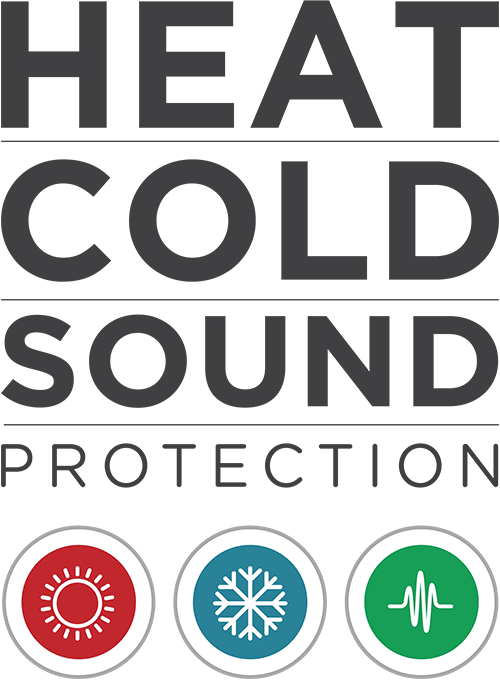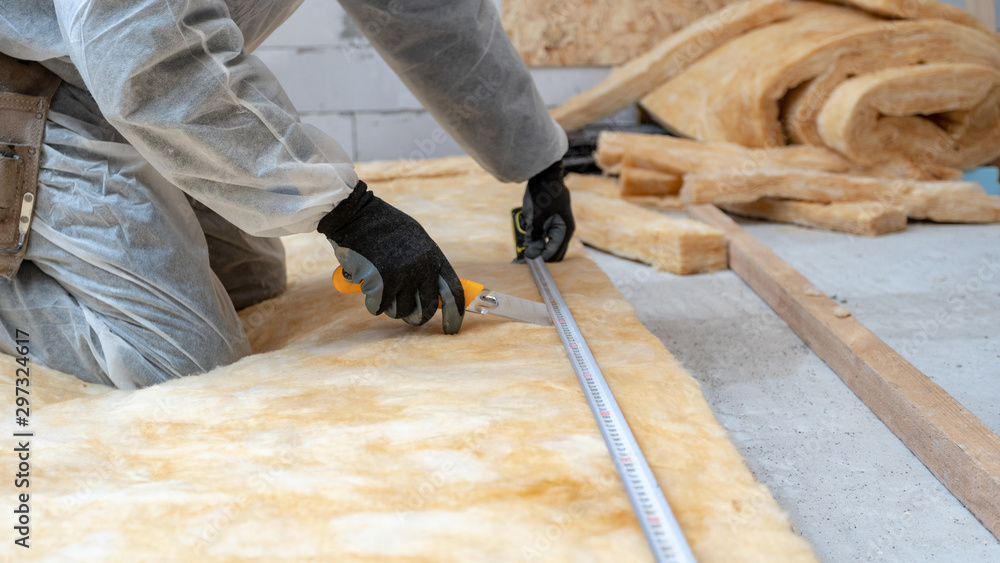Why INSULATE?
Poor standard of insulation in buildings causes increases in power use and pressure on the electricity grid. Buildings should meet Professor Fanger's thermal comfort theory. This theory relates to levels of comfort. For thermal insulated, naturally ventilated buildings the range should be 7°C around the thermal neutral zone, which is approximately 23°C (where 90% of people are comfortable) dropping to a range of between 10°C and 32°C (where 20% of people are comfortable). The goal is achieve 80% of the above.
Well designed buildings, with good quality insulation, improve health, productivity, reduce electricity costs and reduce the effects on the environment namely green house gases. Upon implementation of the new regulations regarding thermal insulation, up to 4500MW of electricity will be saved. Minimum thermal values will be legislated these will vary from region to region the proposed R-Values;
Roofs equate to 50 - 60% of heat load, and will need R-values of between 2.70m²K/W to 3.70m²K/W, which equates to insulation of between 80 - 150mm thick depending on the roof type. The insulation levels can also be made up of various layers of insulation such as foil, fiber and insulated ceiling.
Walls, which make up between 10 - 15% of the heat load, and will need R-values of between 1.90m²K/W to 2.20m²K/W.
Floors which loose approximately 10%, will need R-values of between 1.00m²K/W and 1.50m²K/W.


















